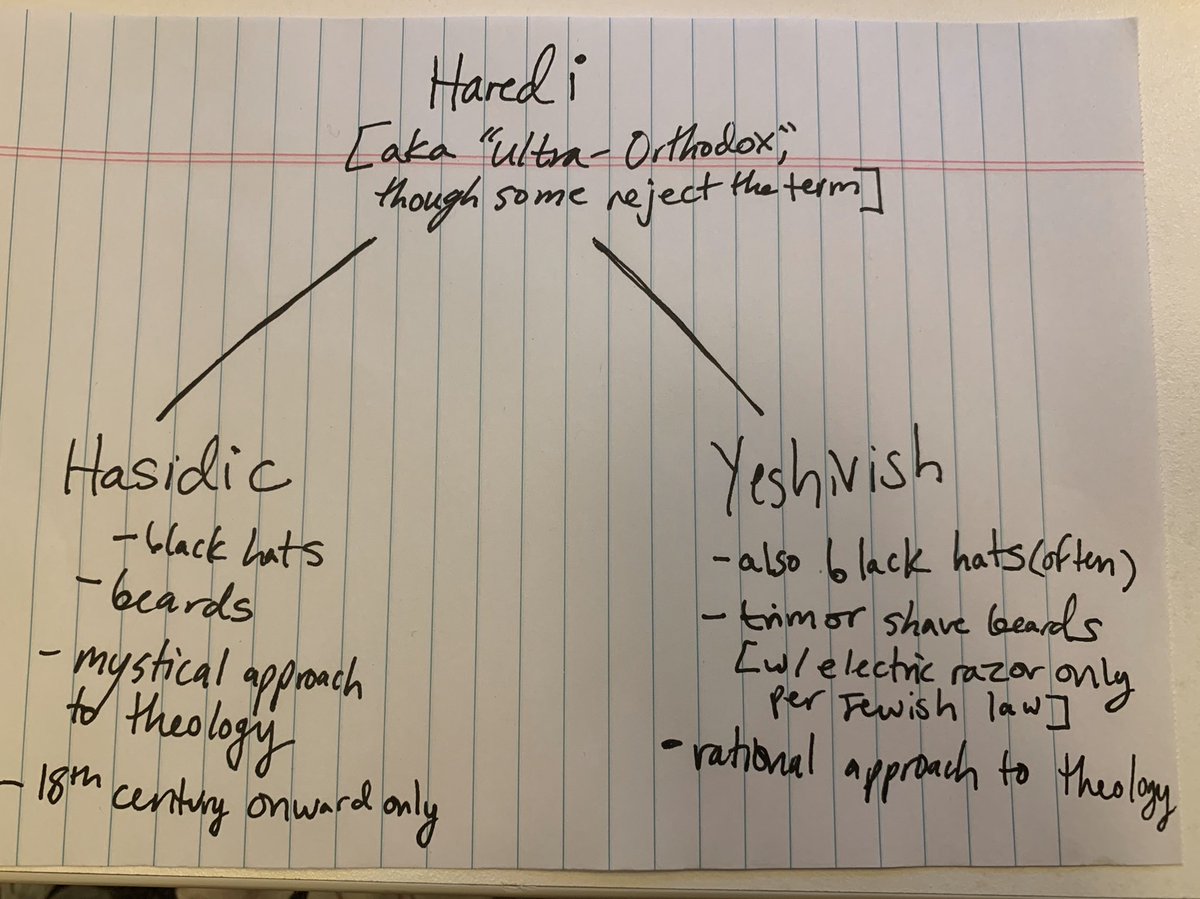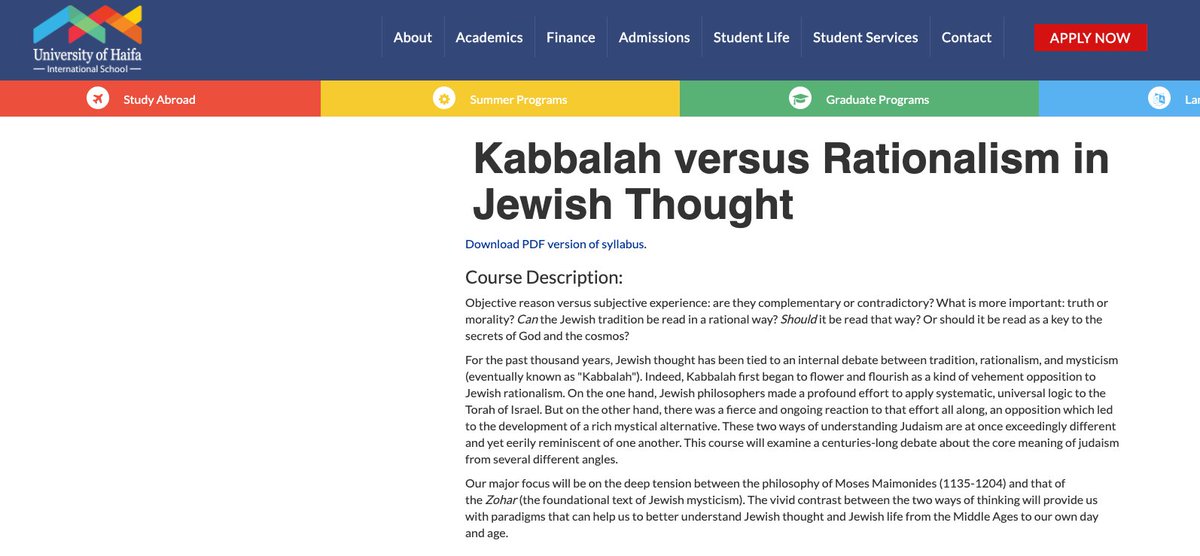Many folks write or read the terms Haredi, ultra-Orthodox, Hasidic/Hasid, and yeshivish without knowing what those words mean.
This might help a bit.
This might help a bit.
Caveat:
Jews are people, too. Individuals or communities who/that identify in one of these subgroups may not have perfect alignment with these bullet points, particularly when it relates to their personal approach to text / understanding of theology. When in doubt, ask.
Jews are people, too. Individuals or communities who/that identify in one of these subgroups may not have perfect alignment with these bullet points, particularly when it relates to their personal approach to text / understanding of theology. When in doubt, ask.
Chabad and Satmar, two groups you may have heard in the news recently?
Those are two (out of literally hundreds of) Hasidic sects — and yes, they have very different practices, dress, hats, cultures, views towards Israel, standards for women, and on and on and on.
Those are two (out of literally hundreds of) Hasidic sects — and yes, they have very different practices, dress, hats, cultures, views towards Israel, standards for women, and on and on and on.
When I use rationalism + mysticism above, I& #39;m not describing individual approaches but rather a very particular tension in modern orthodoxy (NOT to be confused w/ Modern Orthodoxy, though there too). This course description I found online (thanks, U of Haifa) summarizes it well:

 Read on Twitter
Read on Twitter



